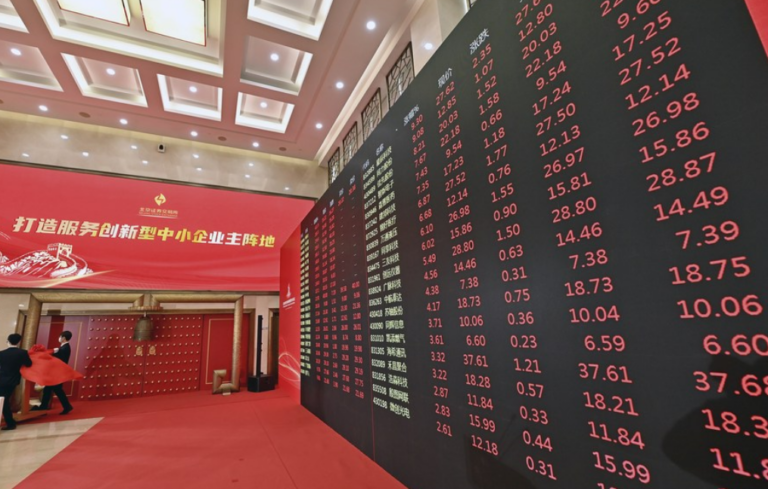A. Jiangsu is one of the provinces relatively developed in economy in China.
In 1992, its GDP doubled the level of 1980 and in 1997, tripled. The annual growth rate is 11.2% during the period of the Ninth Five-Year-Plan (1996-2000). In 2000, the provincial GDP and fiscal income surmounted to US$45 billion and GDP per capita surmounted to RMB10 thousand. In general, Jiangsu has achieved the target that the comfortable life in all counties as a whole has been realized. The historical jump from the eat-and-wear life to the comfortable life has been realized. The southern area as well as areas along the Yangtze River have stepped forward to the third strategically target ahead of time.
B. Jiangsu is one of the major open coastal provinces of China.
It has formulated an all-round, multi-tiered and wide sphere opening up pattern. During the Period of the Ninth Five Year Plan (1996-2000), the provincial accumulated value of import and export amounted to US$147.63 billion, which almost doubled that of the Eighth Five Year Plan (1990-1995). In 2000, the provincial foreign trade export volume was for the first time over 10% of the nation’s total. The actual utilization of foreign funds amounted to US$51.4 billion. More than 120 of the FORTUNE 500 companies have invested in Jiangsu. There are more than 65 big projects with total investment above US$100 million.
C. Jiangsu is one of the birthplaces of Chinese traditional industries, an important industrial production base for textile, machinery, electronic, petrochemical and building material.
The manufacturing industry has been well developed.
Ÿ The provincial industrial value added ranks the second in China for a long time.
Ÿ The value added by four pillar industries, i.e. machinery, electronic, automobile and chemical has reached 50% of the total industrial value added of the whole province.
Ÿ 18, 300 industrial enterprises, state-owned or non-state-owned, have sales income over RMB 5 million. On the state-owned ones’ part, the percentage of the medium and large sized state-owned enterprises finishing restructuring has reached 80.2%, among which 100 enterprises primarily set up the modern enterprise system whereas 90% of the small state-owned enterprises also finished their restructuring.
Ÿ Township enterprises have also been playing an important role in the provincial economy. Now there are 1, 370 medium and large sized township enterprises, with their sales income and total value of profit and tax amounting to about 40% of that of all medium and large sized enterprises in Jiangsu.
Ÿ In recent years, private economy has been developing rapidly, their added value accounts around one fifth of the provincial GDP and tax handing over one eighth of the provincial industrial and commercial tax.
D. Jiangsu provincial commercial trade has been undertaking a major readjustment and been developed.
The open, multi-element and competition merchant system has been gradually formulated.
Ÿ The ratio of the state-owned commercial economy decreased gradually.
Ÿ The private commercial business has been rapidly developing.
Ÿ The open degree of the commercial trade market has obviously increased.
Ÿ The new circulation form and business has been popularized on a daily basis.
Ÿ The ratio of the added value by the tertiary industry has reached 36.3% of the domestic GDP.
Ÿ The contribution to the economy growth by the consumption has reached 46.7%.
Ÿ The utilization of foreign investment in this sector is heading towards the rational, effective and sizeable way.
Ÿ The number of the foreign -invested commercial projects approved or verified by the state is 36. Some large transnational companies such as Metro, Carrefour, Auchan, B&Q, etc. have been established their shops in Jiangsu.
The infrastructure of Jiangsu Province is relatively mature.
Ÿ The transportation and communication industries made great progress. Now the comprehensive transportation system integrated with the highway, railway, river and air transportation has been formulated.
Ÿ The length of the qualified highway reaches 1088 km with the highway network consisting of 4 horizontal ones, 4 vertical ones and 4 linked together is in construction.
Ÿ The artery railway including Jinghu, Ningwu and Longhai run through the inside of the province with a total mileage of 748 kilometers;
Ÿ The total mileage of inland water navigation lanes makes up 1/5 of that of the whole country, having Nanjing port as the largest port of the inland waters and Lianyungang as one of the eight large seaports of our country;
Ÿ The eight cities directly under the provincial government all have airports built, and the Nanjing Lukou international port has opened several international air lines.
Ÿ The scale and capacity, equipment standard, communication capability, and automation and digitalization of postal and telecommunication network have been brought up to a higher level.
Ÿ The wide-band public nets covering all counties and developed towns or villages are under construction, and the digitalization, integration, wide-band and intelligentization will be gradually achieved.
E. Jiangsu is one of the relatively developed provinces in economy and technology in China.
In recent years, Jiangsu provincial government has planned and implemented “Science and technology vitalizing province” and “first Vitalizing Science and Education”, and has been giving more priority to the development of education. Now there are 2173 science and technology R&D institutions in Jiangsu. A total of 38.2 thousand people is engaged in scientific and technological activities, including 185 thousand scientists and engineers, 75 academicians and engineer academicians of the China Science Academy whose titles represents the highest achievements and honor in the scientific fields of China. There are over 70 colleges and universities with 450 thousand students in Jiangsu. The number of state-level and provincial-level engineering (technology) research centers, provincial-level key laboratories ranked in the front of the country.





